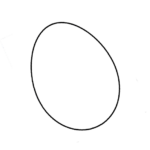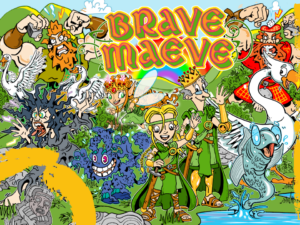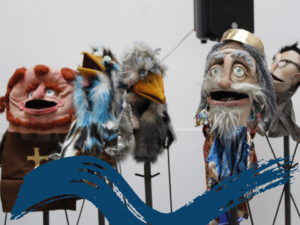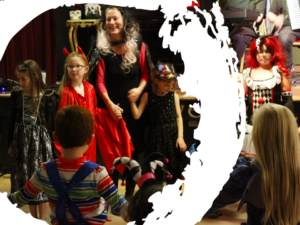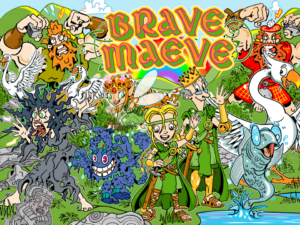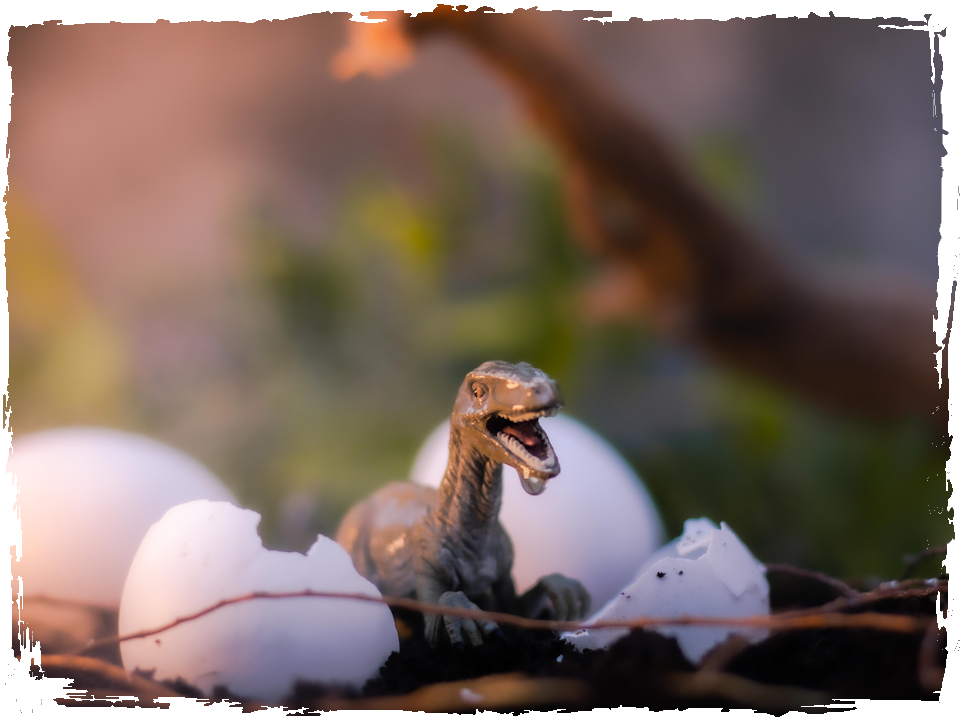
Eggs
One hundred years ago, in 1923, dinosaur egg fossils were discovered by the American Museum of Natural History, during an expedition to the Gobi Desert (Mongolia; more here and a short film below). At the time, there was a wave of publicity. Newspapers competed for exclusive coverage on, what was believed to be, the first dinosaur egg fossil find. However, a few decades earlier -in 1859- a French priest had documented his discovery of the fossils of dinosaur eggshells, whilst exploring the geology and paleontology (the study of ancient life) in the foothills of the Pyrenees Mountains (France).
Thirty years ago, in 1993, the movie Jurassic Park (a science fiction themed movie based on dinosaurs living in a wildlife park) was shown in cinemas for the first time. Jurassic Park went on to break box office records and certainly added more spark to our interest in the science of paleontology.
In 2023 London’s Natural History Museum also discovered it had been holding a dinosaur egg for 175 years! You can read more about that, using this link.
Pangaea and ancient animals of Ireland
Throughout the world, we are still discovering dinosaur fossils and our interest in historic life holds no bounds.
Millions of years ago, dinosaurs lived in supercontinent called Pangaea. This supercontinent eventually broke up. Continents and countries -including Ireland and the United Kingdom- were formed.
Ireland was last land-linked to Britain in roughly 14,000 BCE. By this time, dinosaurs were long gone. In their place roamed other inhabitants, such as wolves, bears, elk, wildcats and the European lynx.
Wolves have an important role in Irish mythology and were considered sacred to some. The last wolf said to have been killed in Ireland was in 1786, almost a hundred years after wolves became extinct in Britain. The native Irish language (an Ghaeilge) has a number of names for a wolf. One of these is ‘mac tíre’, which translates as “son of the land”. ‘Mac’ (meaning “son”) is term of endearment in Irish. ‘Tíre’ derives from ‘tír’, meaning land or country (think of Tír Na nÓg in Irish mythology). ‘Wolf’ then, in Irish, is considered to be positively connected with the land. This description provides a positive perspective, especially when compared to the stories we hear about the big bad wolf!
There is a place in County Leitrim called Poll na mBéar, which is known as the ‘Cave of the Bears’, where brown bear fossils were discovered.
Facts and factors of change
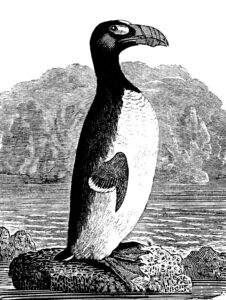
Did you know that there once was a penguin type animal in Ireland and the UK? The Great Auk were once a familiar sight, but humans hunted the flightless bird in to extinction in the early 19th century (1800s).
Unfortunately, factors including deforestation, hunting, the introduction of non-native species (such as grey squirrels and sika deer) and ecosystems have been altered by people. This has led to the decline -and sometimes extinction- of native wildlife in Ireland and globally.
The ancient Irish language has descriptive and interesting vocabulary relating to nature. A beekeeper -or beachaire- literally means a carer of bees. This use of the word ‘aire’ meaning “care” within ‘beachaire’ gives the feeling that, as well as keeping bees, you really need to look after them well. The Irish word for fisherman -iascaire- also contains “aire” and suggests we should fish in a sustainable manner.
Thinking about our ancestors and their positive relationship with nature, as expressed in their words and sayings, will perhaps enable us to take a more positive perspective on nature. Maybe this can help us to appreciate our relationship with the land more deeply?
Name the animal challenge
‘Madra allta’ meaning ‘wise dog’ is one of several words in the Irish language for ‘wolf’. ‘Madra’ being the Irish for ‘dog’. Can you work out what the animals are below based on the literal translation from the Irish language? Answers can be found at the bottom of this page.
| An Ghaeilge | Literal translation | English | |
| Madra allta | Wise dog | Wolf | |
| 1 | Madra crainn | Tree dog | |
| 2 | Madra uisce | Water dog | |
| 3 | Madra rua | Red dog |
Did you know?
Alligators and crocodiles are archosaurs which date back over 250 million years ago. They are more closely related to dinosaurs than any other living reptiles, including snakes and turtles.
Dinosaurs lived in a time known as the Mesozoic era. This era ran from 245 to 66 million years ago. This was millions of years before the first modern humans appeared.
Design your own dinosaur egg
Print out an egg and draw what you think a baby dinosaur might look like inside the egg. Alternatively, can you decorate the egg with interesting patterns or Celtic symbols? We’ve found two worksheets you can print, one with one big egg on it and the other with 9 smaller so you can have more than one go!
9 smaller eggs – download PDF.
Sometimes the Festival runs an open call and receives more great submissions than that commission allows for. When this happens, we work hard to find other ways of helping the creatives share their ideas. This was how we met Alan Riney. Based in Jersey (Channel Islands), Corkonian Alan has a love for the Irish language and education. Drawing together his interests, the story above tells a great tale, offering younger readers or learners of Gaeilge, a couple of fun activities.
Associated events (please note, these may have passed)
Related writing
Answers: 1. Squirrel 2. Otter 3. Fox

